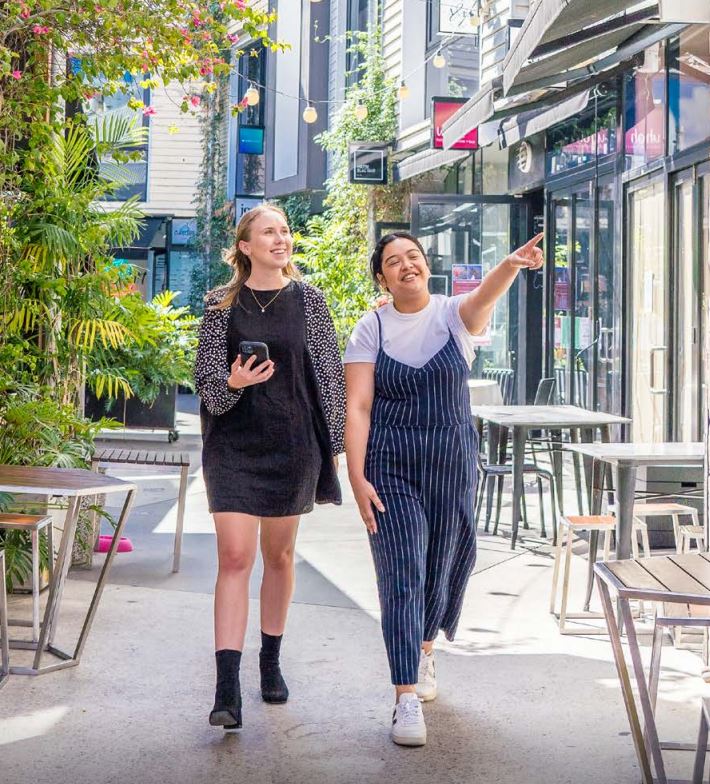
Walkable Brisbane strategy
Brisbane is the fastest growing capital in Australia, and we’re committed to maintaining our city’s incredible lifestyle.
Keeping Brisbane moving, regardless of whether you drive a car, take a bus or walk, is a key priority for our Council as our city continues to grow.
Our new draft Walkable Brisbane Strategy outlines our plan to enhance the experience of walking in Brisbane for residents and visitors.
This vision is focused on delivering safe, shady and accessible connections to make walking as easy and comfortable as possible.
Initiatives such as Council’s award-winning Active School Travel program already encourages residents to stay active and healthy, and the Walkable Brisbane Strategy expands on our commitment to supporting active travel modes.
The Walkable Brisbane Strategy identifies walking as a key transport mode and aims to encourage residents to walk through six key principles:
- Comfortable and enjoyable: walking in Brisbane is a pleasant and appealing experience.
- Connected and legible: Brisbane’s network of pathways and public spaces is easily navigated and connects residents and visitors to where they want to go.
- Safe: walking in Brisbane is a safe travel option at all times of day and night.
- Inclusive: walking is a viable option for people of all ages, abilities and backgrounds.
- Fit-for-purpose: streets and public spaces meet the needs of people walking in them.
- Informed: enhanced data collection and analysis will improve pedestrian planning and ensure that investment in walking programs and infrastructure is most effectively targeted.
Since being elected in 2012, we’ve planted hundreds of street trees and thousands of plants in new garden beds in our wider footpaths of Central Ward.
I’m sure you will have seen the benefits of our intensive plantings along :
- Boundary Street Spring Hill from St Paul’s Tce to Fortescue Streert (Acacia leiocalyx with its distinctive long cynctrical flowers).
- Gregory Terrace Spring Hill (Tabebuia rosea).
- Brunswick St Fortitude Valley’s new pine trees – near to Water Street.
- Brunswick Street New Farm with its continuation of the Colvillea Racemose theme.
- The significant amount of Tabebuia aurea and garden plantings along Merthyr Road,
- The plantings along Boundary Street Spring Hill, from St James College to Leichhardt Street (Acacia leiocalyx)
- All the new pine trees and garden beds along Bowen Bridge Road at Herston near the Old Museum.
- Commercial Road at Doggett Street near Wallace Bishop, (Acacia leiocalyx)
- The new Harpullia trees along Kent between James and Brunswick, and
- Skyring Terrace near Nouvelle where we were really pleased to work with the Body Corporate to reinvigorate their stretch of what was barren Skyring Terrace. From one single tree we’ve turned it into a tree lined area for everyone to enjoy a shadier walk.
Take my local survey below if you have a local footpath that needs maintenance inspections.
Divots and trenching in the footpath is very often caused by sunken or raised utility company infrastructure / works by
QLD Urban Utilities – Water Metres and trenching on footpaths
Australian Gas Networks – Gas access points on footpaths
Energex – issues on the footpath that relate to powerlines
Telstra – issues with trenching around manholes
NBN trenching and infrastructure works , rather than Brisbane City Council maintenance.
Please report below and we will let the appropriate utility company know to inspect their asset / damage.
Report a Footpath Maintenance Job in Central Ward
Report a Footpath Maintenance Job in Central Ward

